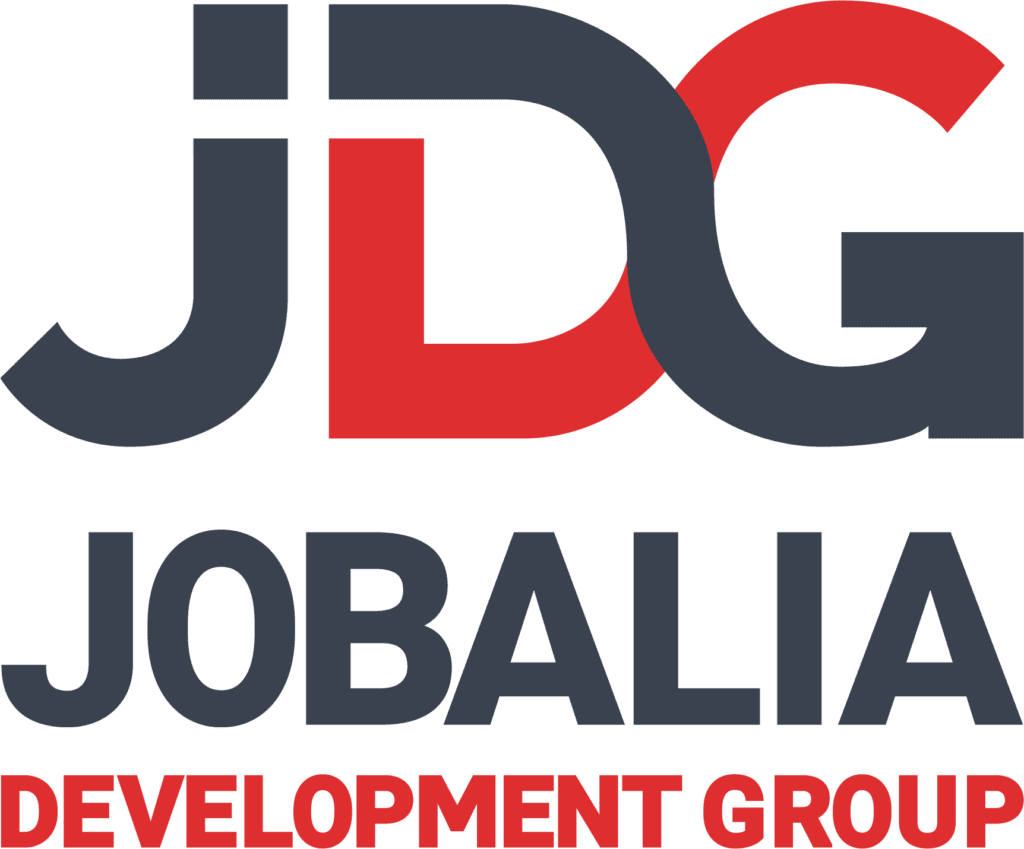Affordable housing remains out of reach for millions of Americans, and while many are likely to blame policy issues, it is record low inventory that continues to be the problem. Builders are running out of developed land, and tapping into rural areas of the United States is difficult due to the expense and time associated with infrastructure development.
In order to reverse the course of the real estate market, the land infrastructure issue is a big one that must be collectively addressed by developers, builders, and investors.
Sky-high home prices continue to be an issue everywhere, but the problem is especially bad in Florida where the median home price hit $407,000 in August of 2022, and “ready-to-build” land is at an all-time low. The inventory problem might seem counterintuitive — after all, Florida has over 17 million acres of rural forestland. However, it’s the “ready-to-build” part that is the problem.
Rural areas of Florida don’t have the proper infrastructure residential home builders need to support new communities. For a long time, this has inhibited suburban expansion around the state’s top cities. It’s also made it difficult to develop new communities across rural areas in Central Florida and the panhandle. Florida builders are mostly confined to building in existing neighborhoods, and they’re quickly running out of space.
Fixing the problem isn’t easy. The truth is preparing rural land development is a lengthy process that takes anywhere from two to four years, or even longer depending on the location and condition of the land. The process of securing entitlements is time-consuming and expensive. The country’s top developers don’t have the appetite for the financial risk, nor the time or resources to build community infrastructure. Because the economics simply don’t make sense, it’s only reasonable that they prioritize land that is already developed. The problem is, there isn’t much left.
One of the reasons builders prioritize developed land is that owning undeveloped land for an extended period of time is considered risky by home builders and investors. Since undeveloped land is a liability on the balance sheet, developers are dissuaded from hanging on to acreage long enough to develop the proper infrastructure. Not to mention developing infrastructure is expensive. If there is no financial incentive for developers to build infrastructure, then it limits the ability to create new communities or expand housing in the state’s existing employment hubs.
While the challenge is tough to solve, it has given rise to a new opportunity for developers who have the ability, time, and resources to create the infrastructure necessary to sustain community development. There is a huge market for developed land and companies like Jobalia are often approached by developers who are willing to pay a premium for ready-to-build acreage.
More recently, a new model has emerged. Home builders are regularly partnering with these infrastructure development firms. Home builders will contract the land, assign it to the developer, and purchase it back once the entitlements have been secured and the proper infrastructure is in place. The separation of duties and split-development evolution helps builders maintain profitability while offering homebuyers hope that the inventory situation will improve.
Infrastructure developers have found a new business strategy in a disoriented market as well as an opportunity to solve the real estate industry’s ongoing inventory problem, which remains at the heart of the affordability crisis. As more home builders look to partner with these development firms, the faster we will be able to tap into the high-quality, undeveloped rural land across the state.

